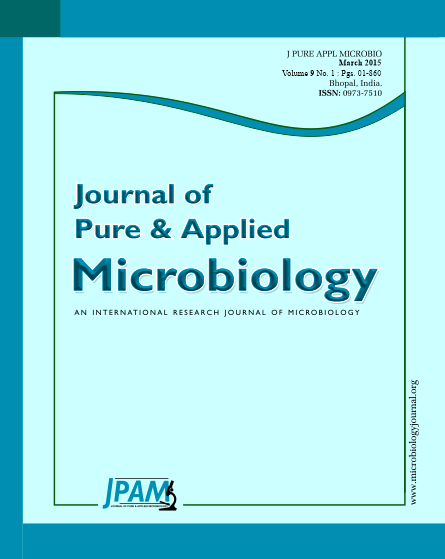Chlamydomonas sp. ICE-L is a type of ice algae capable of withstanding the strong ultraviolet radiation in Antarctic regions. Existing research reveals that DNA photolyase is the key compound responsible for resisting UV-B radiation, repairing DNA damage, and maintaining hereditary stability. We have sequenced and analyzed the transcriptome of Chlamydomonas sp. ICE-L and identified the cyclobutane pyrimidine dimmer(CPD) gene fragment. The full-length cDNA sequence has been determined by the RACE method and analyzed using bioinformatics software. As well, a CPD photolyase recombinant gene bacteria have been engineered. To improve the protein concentration and lay foundation for further studies of photolyase function in cells and mouse skin, this article focuses on purifying the protein, sequencing the protein N-terminal, and confirming the optimal conditions for PHR2 expression. N-terminal sequencing identified the five amino acids at the N-terminal as D/Q/T/A P K R T. Response surface methodology assays confirmed the optimal conditions for recombinant bacteria expressing photolyase to be a pH of 6.98, salinity of 1.40%, 22.01 °C, and IPTG concentration of 0.53 mmol/L.
Chlamydomonas sp. ICE-L, photolyase, E.coli, activity assay, expression optimization
© The Author(s) 2015. Open Access. This article is distributed under the terms of the Creative Commons Attribution 4.0 International License which permits unrestricted use, sharing, distribution, and reproduction in any medium, provided you give appropriate credit to the original author(s) and the source, provide a link to the Creative Commons license, and indicate if changes were made.


